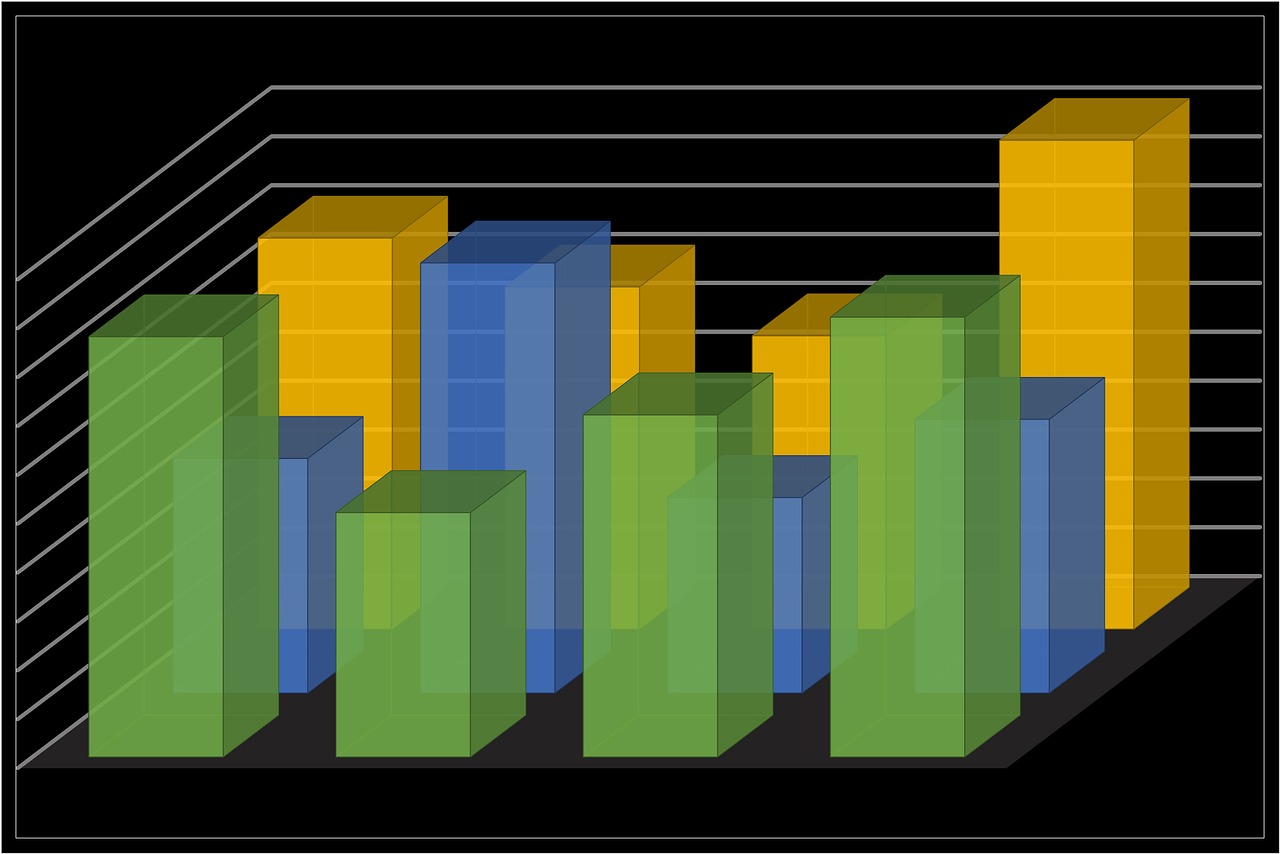The Big Deal About Big Data
Published on November 30, 2016, at 9:10 a.m.
By Nicole Morgan.
In a digital world driven by likes, retweets and shares, we accumulate approximately 2.5 quintillion bytes of data per day. (That’s a lot of time watching cat videos on Facebook.) With big data on the rise, public relations practitioners are continuously learning to adapt to the usage of big data and utilize it to gain insight into their key publics.

So, what’s the big deal?
Big data is defined as “extremely large data sets that may be analyzed computationally to reveal patterns, trends, and associations, especially relating to human behavior and interactions.” Essentially, for PR professionals, this means that there is an untapped resource of information out there in the digital world that can bring you closer to your audience.
Statistical data is more than just reading an Excel spreadsheet. It is processing numbers and statistics and finding the tiny bits of human behavior that lie within that information. For public relations practitioners, combining digital data with analyzation tools can mean the difference between an effective campaign and one that falls flat.
“For the first time in twenty years things may be changing seismically,” said Lewis PR CEO Chris Lewis, who compared the situation to the fast-paced sport of ice hockey in an article posted on Holmes Report. “There will be large prizes for those agile enough to skate where the puck is going to be.”
With big data comes big benefits — at the top of the list is the ability to analyze trends. Through the use of software or a data analytics firm, public relations practitioners can track what the next trends will be or what has worked best in the past for their key publics. For example, if Persian cat videos are getting more views than Siamese cat videos, then a brand needs to look into why its key public favors Persian cats. From there, the brand can look into what it can do in the future to appeal to those who prefer Persian cats.

If you’re still not convinced, a report by McKinsey & Company, a global insights firm, estimates that by using big data, a retail business has the potential to increase operating margins by over 60 percent.
However, the biggest problem that brands oftentimes run into is that there is too much data, which makes it difficult for companies to pick out which sets are beneficial for future objectives. In a world full of dog videos and sloth videos, it is important to sort out where the cat videos are in order to find your audience.
Currently, there are numerous social listening and analytic services on the market. If you are a student or professional looking to get into big data, some programs that could help you are Brandwatch, Crimson Hexagon and Sysomos.
“From my perspective it’s game-changing,” said Israel Mirsky, the current global managing director at OMD for Intel, in the same article on Holmes Report mentioned earlier. “If I asked you to name the last ad you saw, you probably couldn’t do it, but you could tell me about three news articles you’ve read and about things shared by your friends on social networks.”
The usage of big data allows public relations practitioners to go beyond traditional communication initiatives by assessing previous campaigns and tactics used and applying what works toward future objectives. With the big data revolution at the doorstep of communications, it is important for practitioners to open the door to gain better insight into how to best build a relationship with their customers.
Opinions
Comments are closed.





Post comment
Recent network trends suggest that social media and other technological advancements will continue to make big data analyzation more and more prevalent. I think that it would be helpful for any person in the PR profession to learn to utilize big data because it can be used to to assist in essentially any kind of campaign. Also, because big data is so multi-faceted it gives PR practitioners useful and deeper insight into key publics. Additionally, the ability to analyze trends in big data can help PR practitioners successfully complete their objectives. However, as this article brings up, having the ability to find trends that are important and keen to your campaign is also a major key and can also save you time to focus on other aspects of your campaign.
Permalink